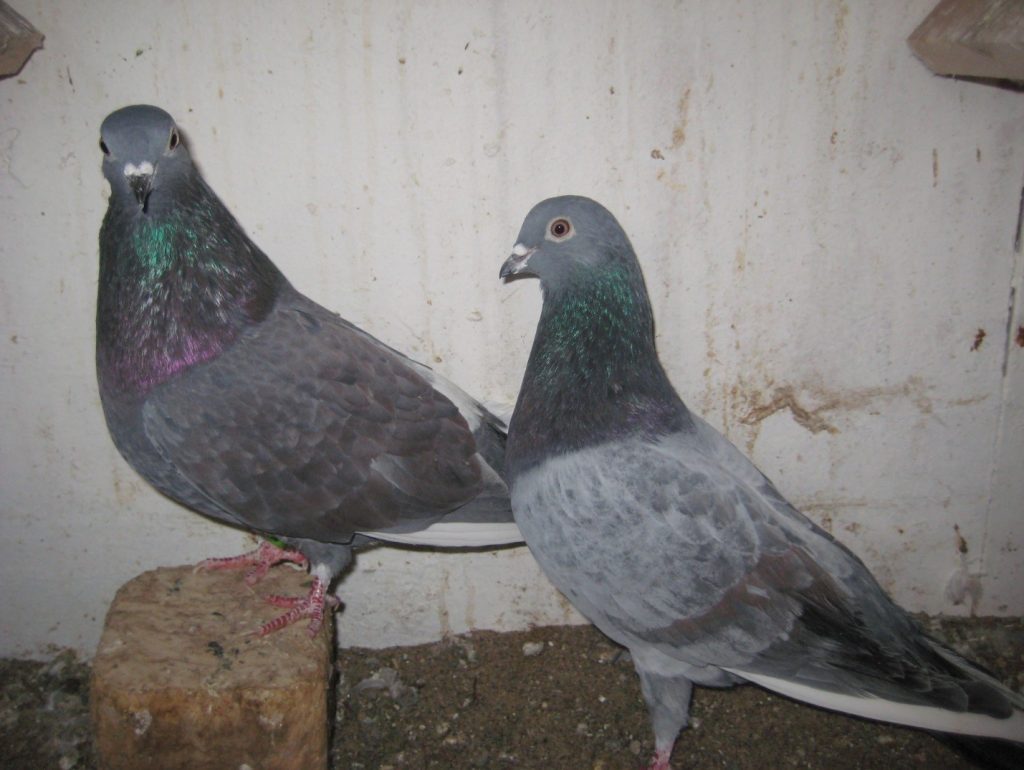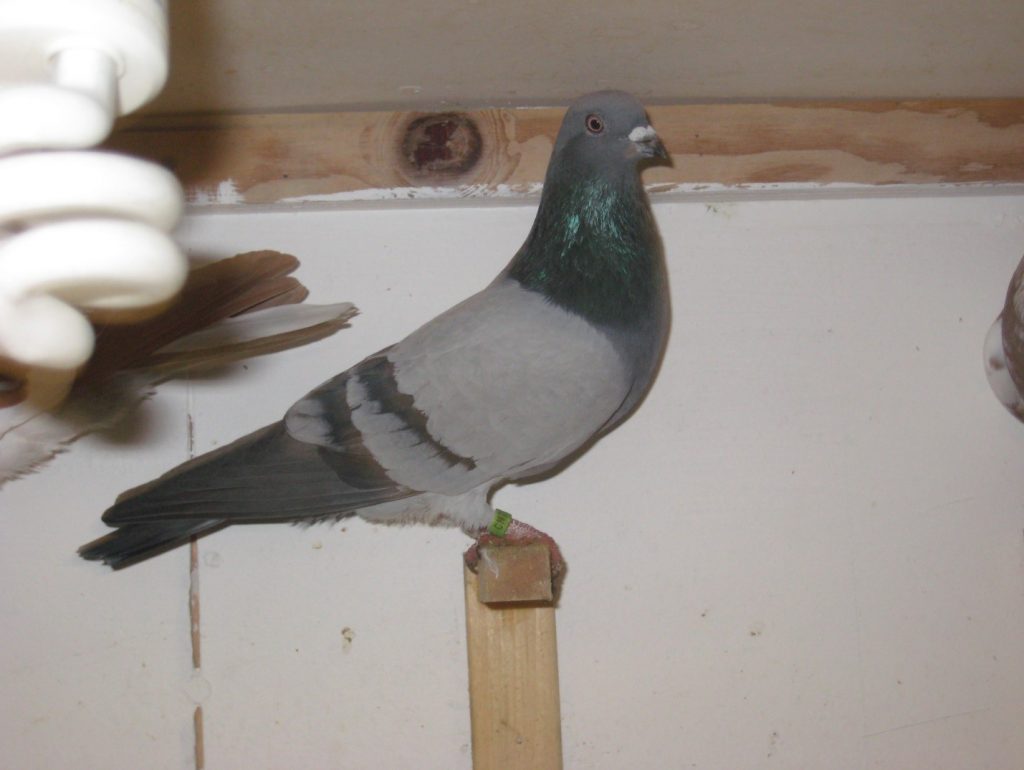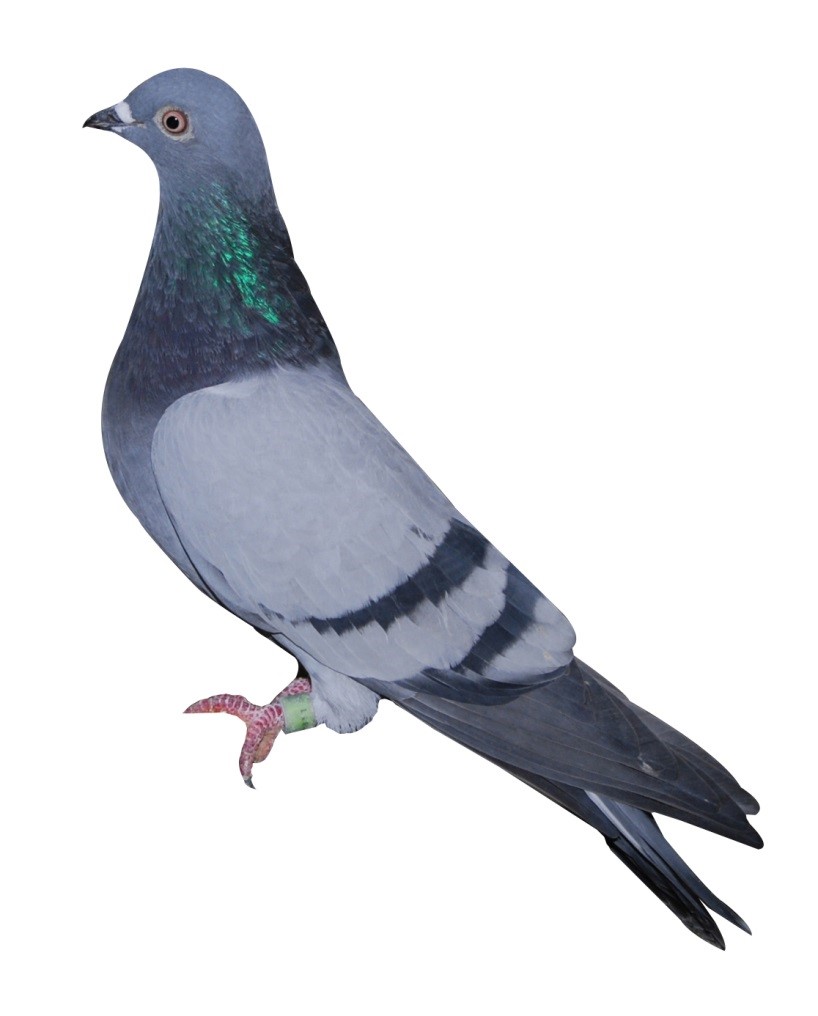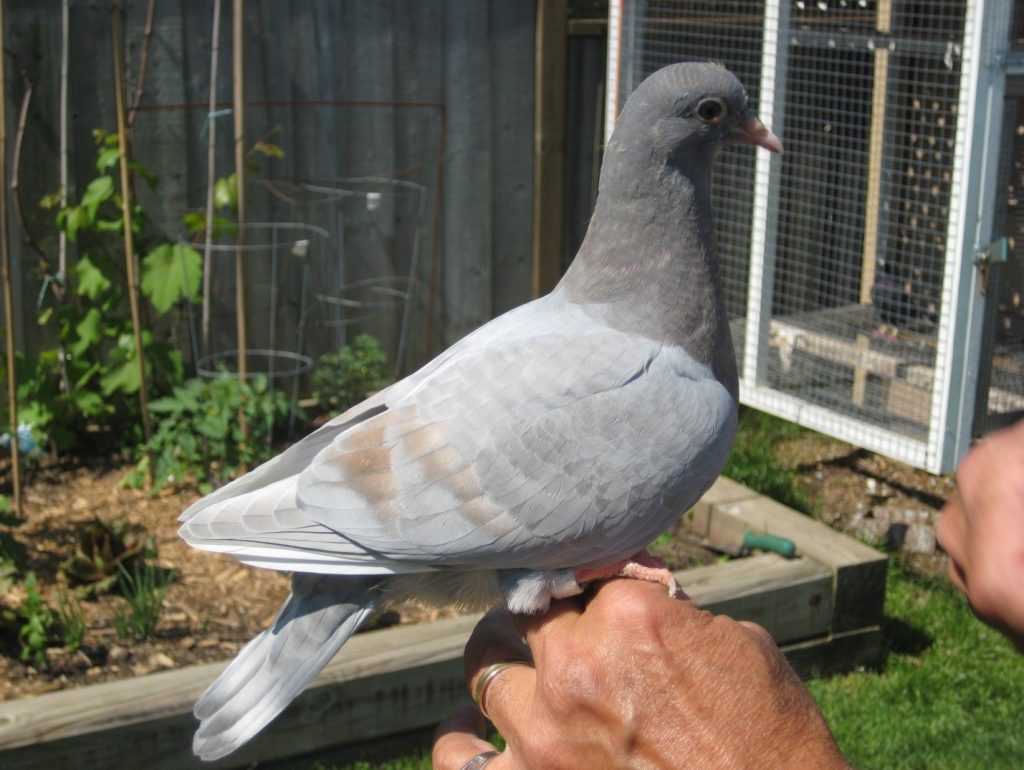by Nino Bugeja
In opening up my thoughts on this subject, the first thing to discuss is the understanding of how a single individuality receives his or hers inheritance. It all starts when the sperm unites with the egg and at that moment inheritance is achieved. It’s also well know that at that moment the new creature has received 50% of its genes in a totally Random sample from its Sire, and an equally random 50% sample from its Dam., thus both parents have contributed equally in its total genetic inheritance. That being understood tells us that each grandparent would be responsible for 25% of their genetic makeup, and further down (great grandparent) the line a mere” 12 ½ %. Only 6 ¼ % WOULD BE REPRESENTED BY THEIR GREAT, GREAT GRAND PARENTS”.
Also while on this subject of inheritance, I would like to respond to the use of the word “Blood” I hear being used by so many of my fellow members when they are referring to what is inheritance. There is no transfer of blood from neither parent especially in birds, and when it comes to mammal’s, during the gestation period a new life forms blood and its mother never cross as the new life form has its own blood supply! The only thing that is transferred is genes, and that happens when the sperm unites with the egg and then my friends we have INHERITANCE! So please do not use the term blood when referring to inheritance.
As soon as this point of inheritance is understood, the fancier should realize there is little reason to pursue a pedigree beyond a third generation. The genetic contribution after this point is so little in terms of contribution (6 ¼%) that the breeding of a great, great, grandparent is purely a waste of time “AND SHOULD NOT BE PURSUED”.
Now that we have discussed in some detail how a new living creature gains its personal presence, I think we should ask ourselves just what it is we wish to achieve from our efforts as Fanciers and Breeders ?. If one is happy on just breeding and having a loft of mediocre specimens then this article will probably bore you, (but you should take note). But for those that have greater Ideals than the simple standards they see, then they should be interested in how one can have a greater say in their stocks future inn terms of supporting the very characteristics of their Breed.

This by the way is a Father/Daughter mating: I just got this pair back from Emilio this spring? The cock on the right is a bird I gifted him back in 2008. The hen is a daughter bred by Emilio. Again, this is a close inbreeding and cannot wait for the offspring to arrive so I can test them in the air.
To achieve this one must enter the realm of “Inbreeding”, and when done with sound understandings, much can be achieved in a few short generations. A “Breeder” is always looking for more excellence from his stock, one that shows uniformity in their appearance, better performance , and lastly have more than average “predictability” in terms of their offspring: this is achieved through Inbreeding.
The term Inbreeding is simply the close mating in family members, ( also I should stress that when using this method of breeding, you can only get out what their was to start with, good or bad ) in other words, always start with the best stock that show their ability to have the desired Traits and Characteristics one is after.

A THOUGHT: every living creature is only “Potentially “what it is bred to achieve. For that reason, those that are the best breeders must also be shown to be the best managers of their stock. This means that they shall be responsible if the environmental conditions, their mental, dietarian, and physical needs are all met all the time. Without these conditions being met, how could they expect to accurately measure the performances of their stock, and breeding plan?
I have just touched on the importance of the fancier to insure the environmental conditions are met if he wishes to advance his stock. We will now enter into the world you all have heard me refer top in the past and that is “Genetic Purity”, put simply an individual’s genetic makeup for gene pairs that are “Homozygous ” for all the Traits and Characteristics that make up the excellence of one’s stock. This term represents “Purity” for the dominant gene pair. It should also be stated that when a subject has only one dominant gene for any gene pair, and is therefore “Heterozygous” or Impure for that gene pair, and a subject can be “homozygous pure “ for recessive genes. This was a very brief description on Genetic Purity.

Example:
Orange eye color is “Dominate” in pigeons, and is dominant to pearl eyes. If a pigeon carry’s one or two dominate genes as members of the gene pool it will be Heterozygous and will not show pearl. In order to show pearl, it must carry two recessive genes for pearl eyes: it must be recessive homozygous pure for that trait. If both parents were carrying two recessive genes for pear eye color, one would be able to raise “NOTHING” but pearl eyed offspring, because their parents simply do not possess anything else. Orange eyed pigeons could never be produced from these particular birds.
They are “Genetically Pure” for pearl eyes!
GENETIC WORRYS ABOUT INBREEDING:
Homozygosity, which is the increased pairing of similar genes, is sought after for traits and characteristics that one seeks in its stock is the main objective of inbreeding, and when doing so invites the risk of deleterious effects in specimens. This is where the fancier must recognize any unwanted traits that are created by inbreeding and the use of “Selection” and “Culling” be administered. When these two tools are used, what we are doing is controlling only what genetics we wish to be passed on to future offspring, and therefore producing a more “Genetically Pure” specimen. If selection has been done properly, one should be awarded with stock, over time that is more genetically alike. I would say that the most common worry when inbreeding is the losses of fertility, and that is why progeny testing is essential to this method of breeding if one is to be successful. In my years of inbreeding I have had no issues with fertility problems, as selection has been my driving force in this respect.
GENETIC POSITIVES OF INBREEDING:
For those that seek greater excellence in their stock, inbreeding is essential to the development of prepotent animals, animals that uniformly project their characteristics on their progeny. Inbreeding increases the amount of “like genes”, good or bad, recessive or dominant, the inbred stock will be more uniform in their genetic makeup. As genetic purity increases within the individual, the parental characteristics are realized, (their appearance) and a family resemblance begins to show its face. This is the “ONLY WAY” a Strain or Family can be realized. Another plus about inbreeding is that it allows the breeder to uncover and eliminate unwanted harmful recessive traits within their population.
Terms used by breeders described:
CROSSBRED: offspring resulting from the mating of different Breeds
INBRED: line of specimens by the mating of related specimens
STRAIN: a family of closely related individuals
INBREEDING: the mating of closely related specimens
OUTBREEDING: the mating of specimens less closely related to each other than the general population
GRADING –UP” this is when superior purebred sires are bred to none pure females and their female offspring in successive generations

Bred for excellence
References: G.H.T. Stovin
